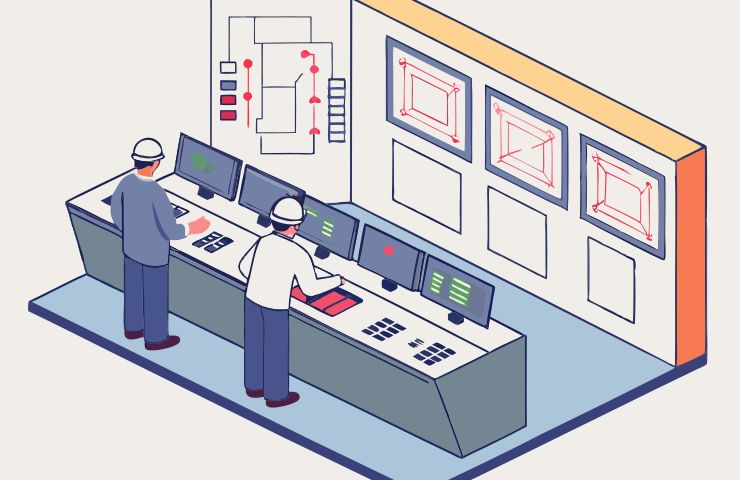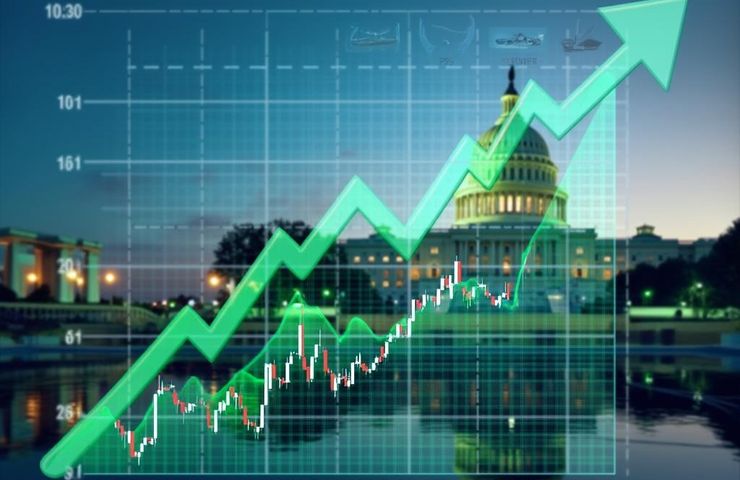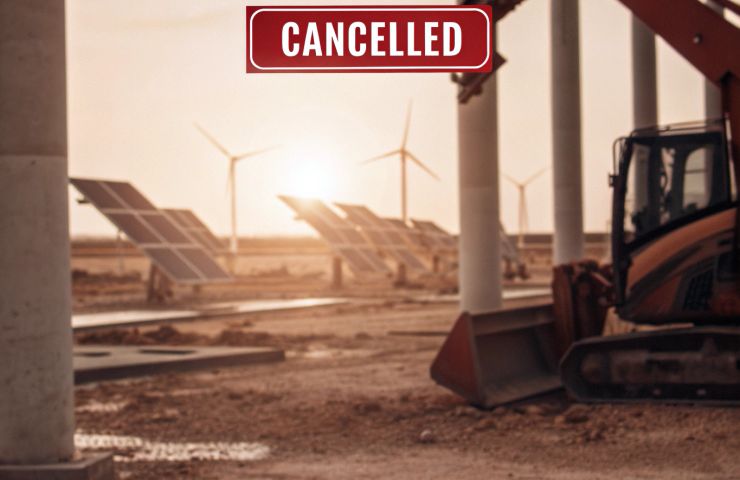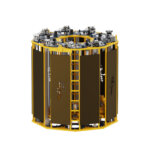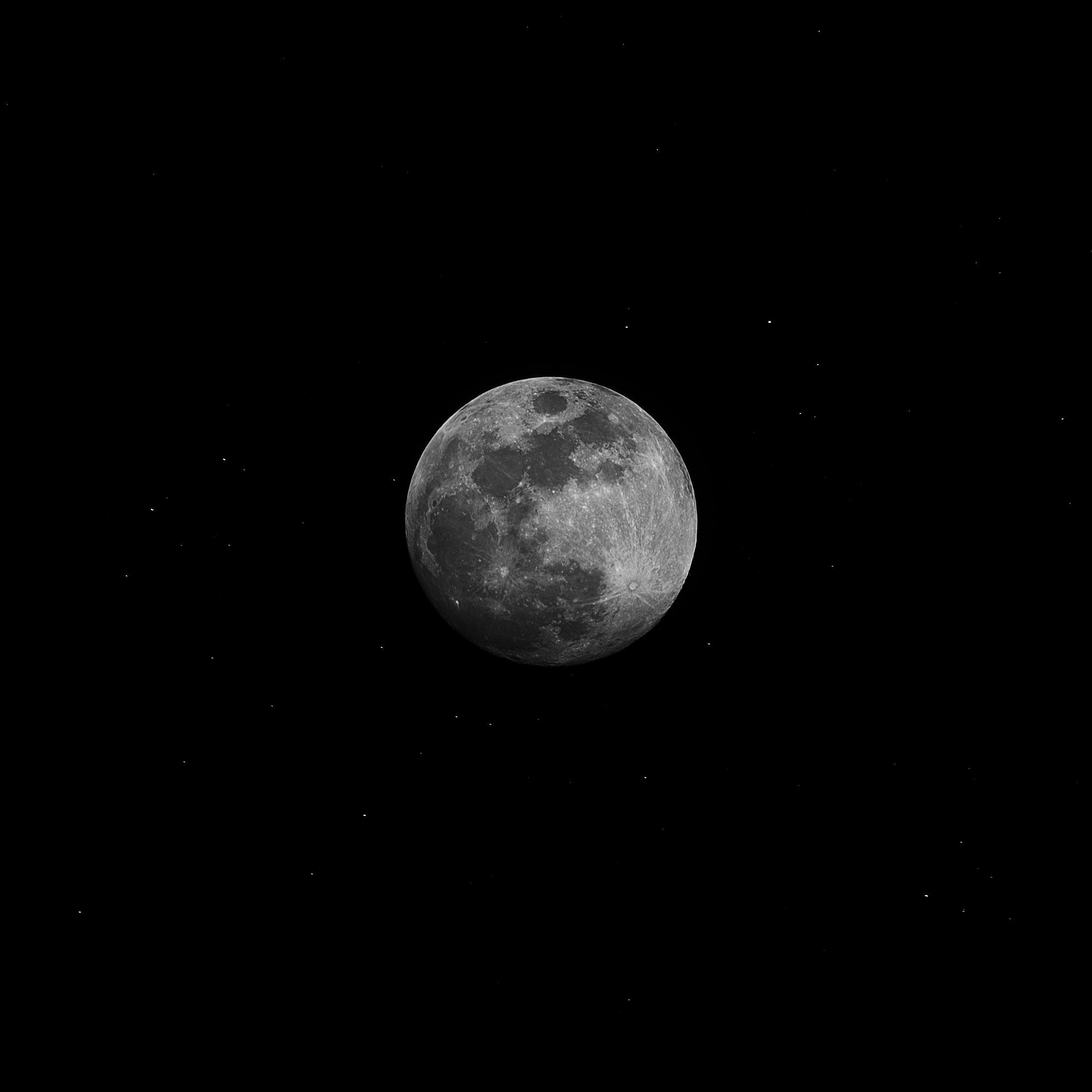EU publishes non-price critera for renewables auctions
The European Union has adopted new rules requiring member states to include non-price criteria such as sustainability, resilience, and project execution in renewable energy auctions.

The European Union has adopted new rules requiring member states to include non-price criteria such as sustainability, resilience, and project execution in renewable energy auctions.
The European Union has introduced new rules requiring member states to include sustainability and resilience criteria in renewable energy auctions. These criteria cover responsible business conduct, cybersecurity, timely project execution, environmental sustainability, and innovation in energy system integration.
The regulation mandates a minimum weighting for these criteria in procurement processes but allows adjustments where costs would be disproportionate. It also restricts auction participation and scoring based on the origin of final products and key components if more than half of the supply comes from a single third country.
For PV technologies, final products must not be assembled in that third country, and at least four main components, including inverters and cells, must originate elsewhere. For electrolyzers, no more than two components may come from that country, and batteries must not originate there. Heat pump final products must not originate there, with only one main component allowed from that country.
The regulation will take effect on July 8, 2025, and applies to at least 30% of auctioned volumes or 6 GW annually per member state.
Recent EU data show that 85% of installations originate outside the European Union. Photovoltaic modules are 96% imported, inverters 62%, and wafers 100%. Battery modules and cells are 59% imported, with anode active materials at 100%.
China remains the dominant supplier, accounting for 79% of complete PV installations and 94% of PV modules and cells imported in 2023. Japan supplied 1% of complete installations, while the United Kingdom and the United States provided small shares of inverters and wafers. For batteries, 50% of assemblies, modules, and cells come from China, with 81% of anode active materials imported from there.
What's Your Reaction?













